Two species, shisham and kikar are virtually indispensable owing to their importance for various purposes and their acceptance for plantation on a wider scale, both under social forestry/agroforestry and national afforestation programmes. Where, shisham (Dalbergia sissoo) is distributed primarily in the foothills of Himalayas, kikar (Acacia nilotica) has wider distribution covering large tracts of sub-tropical and tropical parts of the country. Both of these species are part of the natural landscape of the country. Both the species are considered as quite hardy in nature especially to withstand droughts and therefore classified among xerophytes. They are found to grow on a variety of soils under different fertility regimes, surviving on inhospitable sites also. However, even in spite of these attributes, a serious die back problem has been noted in these species, covering almost all the age groups and under almost all the situations where they are found growing. This includes forest areas, farmer fields, road-side/canal side plantations, dry areas, wet soils, etc. This has virtually challenged the very survival of these species, as at some locations the mortality recorded is as high as 80 per cent. Although a number of factors were found responsible for the mortality of shisham and kikar including environmental stress, poor drainage, fungal and pest infections, etc., yet no single factor could be ascertained as the main triggering factor for this malady. In this document, efforts have been made to review the causes of the problem and ongoing efforts on its remedial measures.
ABOUT THE AUTHOR Rajni Chauhan
Dr. Rajni Chauhan, Assistant Professor of Forestry (Ph.D.) is mainly working on ecological aspects and is emphasizing on mulberry and tahli improvement work from last nine years. She has 22 research paper published in national and international journals. She has worked as Principal Investigator of the adhoc project on reproductive biology of Dalbergia funded by ICFRE, Dehradun. She is also engaged in teaching and extension activities of the department.
ABOUT THE AUTHOR S.K. Chauhan
S.K. Chauhan (b. 1958) is working as Associate Professor in the Department of Agricultural Economics, College of Agriculture, Palampur, in Chaudhary Sarwan Kumar Himachal Pradesh Agricultural University. He has a rich and varied experience in the fields of research and teaching with nearly two decades of service. He has published 70 research articles and one book on Economics of Sheep Farming besides preparing one management for the benefit of undergraduate students in agriculture. He has guided three M. Sc. (Ag) students in agricultural economics in their research. He has completed five research projects as Principal Investigator funded by the State Government of Himachal Pradesh, ICAR, ICSSR, NWDP< and ICIMOD in the areas of irrigation projects, wastelands, vegetables, fisheries, indigenous honeybees, beekeeping, sericulture and equine husbandry.
ABOUT THE AUTHOR S.S. Gill
Dr. S.S. Gill, Ph.D. in Horticulture from France is presently Professor and Head, Department of Forestry and Natural Resources, PAU Ludhiana. He has obtained advance training in Forestry from USA and is mainly emphasizing on nursery raising activities and micropropagation of agroforestry tree species. Dr. Gill remained coordinator of rural development center of the Punjab State in the University. Dr. Gill has a book to his credit besides 52 research papers.


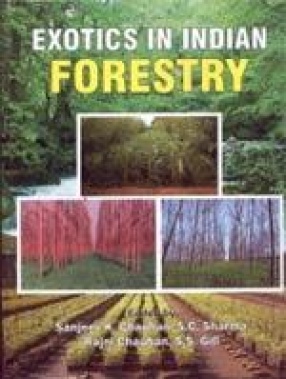
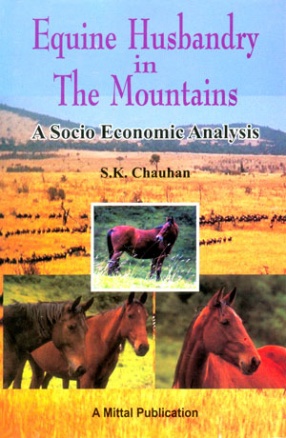

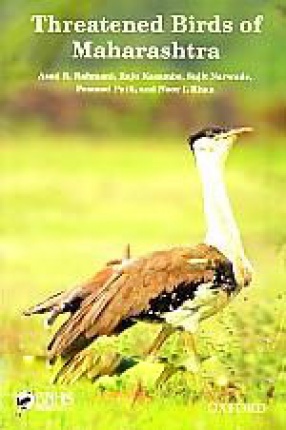
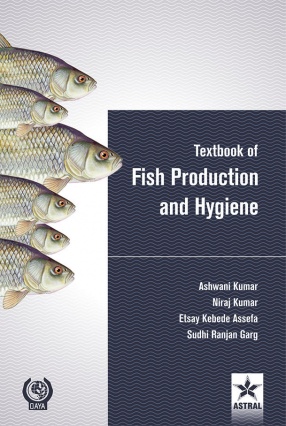
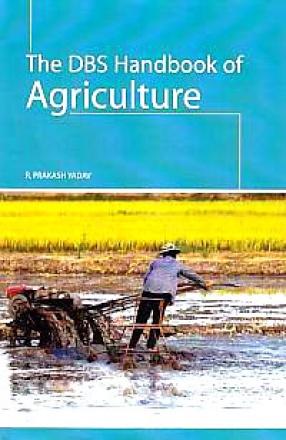
There are no reviews yet.